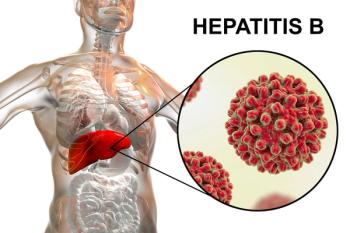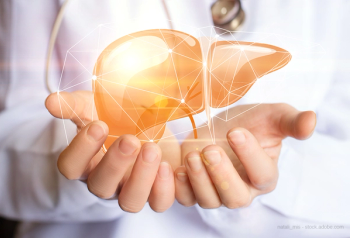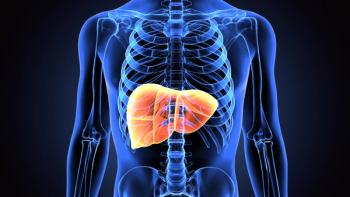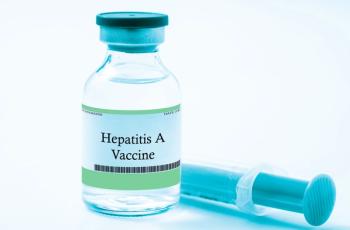
Only 1 in 3 Cured of Hepatitis C, Despite the Efficacy Antivirals, Says CDC Report
That is the rate among those with health insurance. It is 1 in 6 among those without it. Prices have dropped but cost remains a barrier and there are other ones.
Almost a decade after the first direct-acting antiviral (DAA) therapies for hepatitis C were approved, it appears that a large majority of American adults infected with the virus have not been cured, according to a June report by the Centers for Disease Control and Prevention.
At a time when HCV therapies boast a 95% cure rate, only 1 in 3 American adults diagnosed between 2013 and 2022 and who have insurance, have been cured, the report notes. The cure rate drops to 1 in 6 among those without insurance.
Left untreated, HCV can cause liver cancer and liver damage that can lead to death. In 2020 HCV contributed to more than 14,800 deaths in the United States, according to the CDC.
“Tens of thousands of Americans with hepatitis C are getting liver cancer, suffering liver failure, or dying because they can’ access lifesaving medicine,” the paper quotes Jonathan Mermin, M.D., M.P.H., Director of the CDC’s National Center for HIV, Viral Hepatitis, STD, and TB Prevention. “In our nation, no one should have to live knowing a cure for their potentially deadly disease is available but out of reach.”
Between January 2013 and December 2021, 1.7 million Americans were infected with the HCV virus. Men made up 60% of infected adults. Adults 40-59 years old had the highest rate of infection (40-59), followed by people 20-39 (29%), and those 60 and older (27%).
Among the 1.7 million infected adults, 862,905 (50%) had commercial health insurance. There were 386,905 (23%) with other payers, 186,464 (11%) covered by Medicaid. Unspecified coverages accounted for 151,217 (9%), while 132,152 (8%) were on Medicare’s rolls.
The overall cure rate was low across all age groups and insurance coverages. The lowest cure rate, however, was among people without insurance, those with Medicaid coverage, and adults under 40 years old. The group with the highest cure rate was people 60 years old and older covered by Medicare or commercial insurance. Yet, even among that group, the cure rate was still less than half.
Related:
“Overall, viral clearance was lowest among persons aged 20-39 years (24%),” the report notes. “Within this age group, those with other, unspecified or Medicaid payor type had lower viral clearance prevalences (16%, 20%, and 23% respectively) than did persons with Medicare and commercial payors (33% and 29% respectively.”
The cost of HCV treatment remains a barrier, according to the report. In recent years, the price for the 8-12 week oral course of medication has come down. But it can still cost several thousands of dollars. The report notes that there are other barriers. Some state Medicaid programs, as well as some commercial insurers, have treatment restrictions, including limiting which patients are eligible for treatment, who can prescribe treatment, and requiring prior authorization before beginning treatment.
Just getting an HCV diagnosis currently can be complicated. An HCV diagnosis currently requires an antibody test. If that test is positive, a second, lab-based test is needed for confirmation. Some people simply don’t get the second test and go untreated. The report finds an “urgent need” for a national program that is part of the Biden administration’s fiscal 2024 budget proposal. The goal of the five-year-program is to eventually eliminate HCV in America.
Globally, more than 58 million people have chronic HCV, with roughly 1.5 million new infections occurring every year, according to the WHO. In 2016 the WHO set a goal of eliminating the public health threat of HCV by 2030.
Newsletter
Get the latest industry news, event updates, and more from Managed healthcare Executive.

















































